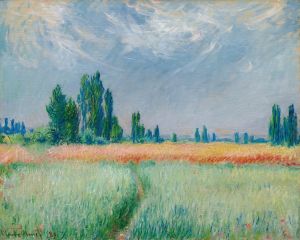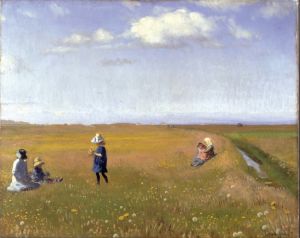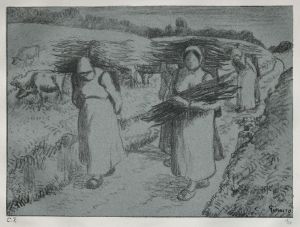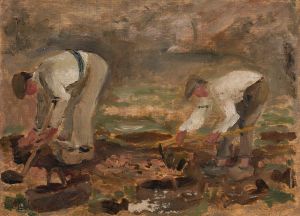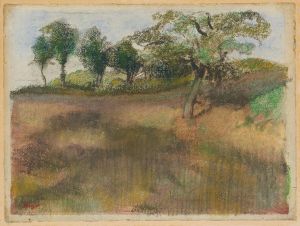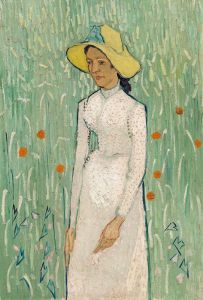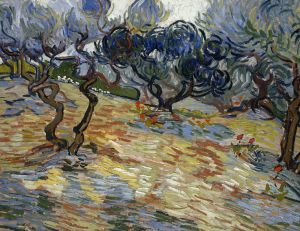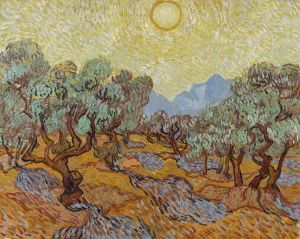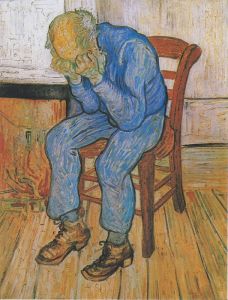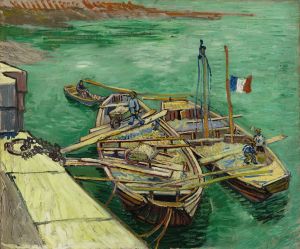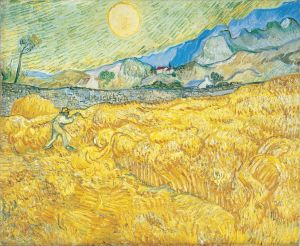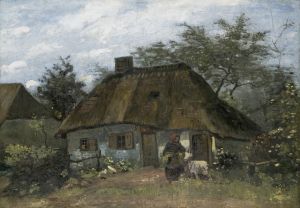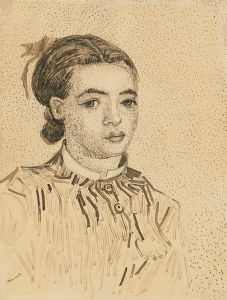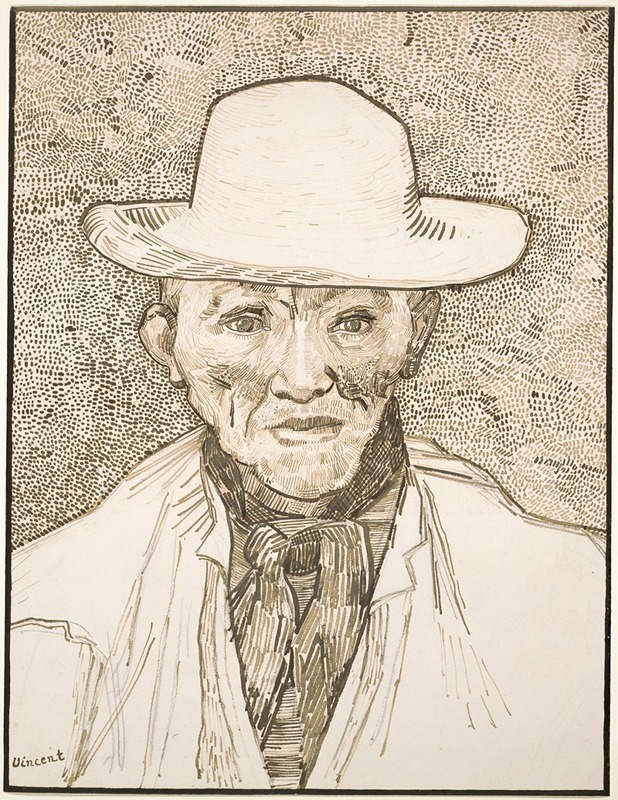
Peasant of the Camargue
A hand-painted replica of Vincent van Gogh’s masterpiece Peasant of the Camargue, meticulously crafted by professional artists to capture the true essence of the original. Each piece is created with museum-quality canvas and rare mineral pigments, carefully painted by experienced artists with delicate brushstrokes and rich, layered colors to perfectly recreate the texture of the original artwork. Unlike machine-printed reproductions, this hand-painted version brings the painting to life, infused with the artist’s emotions and skill in every stroke. Whether for personal collection or home decoration, it instantly elevates the artistic atmosphere of any space.
"Peasant of the Camargue" is a painting by the renowned Dutch artist Vincent van Gogh. This artwork is part of van Gogh's extensive oeuvre that captures his fascination with rural life and the people who inhabit these landscapes. Van Gogh, known for his expressive use of color and bold brushwork, created this piece during his prolific period in the late 19th century.
Vincent van Gogh was born on March 30, 1853, in Groot-Zundert, Netherlands. He is one of the most influential figures in Western art, despite having a relatively short career that spanned just over a decade. Van Gogh produced more than 2,000 artworks, including about 860 oil paintings and more than 1,300 watercolors, drawings, sketches, and prints.
"Peasant of the Camargue" depicts a rural worker from the Camargue region in southern France. The Camargue is known for its distinctive landscape, which includes vast wetlands, salt flats, and unique wildlife. Van Gogh's interest in the lives of peasants and rural workers is evident in many of his works, reflecting his empathy and admiration for their hard work and connection to the land.
The painting showcases van Gogh's signature style, characterized by vibrant colors and dynamic brushstrokes. The peasant is portrayed with a sense of dignity and strength, emphasizing van Gogh's respect for the subject. The background likely includes elements typical of the Camargue landscape, though specific details about the setting in this particular painting are not extensively documented.
Van Gogh's time in France, particularly in Arles and Saint-Rémy-de-Provence, was marked by intense periods of creativity and personal struggle. He moved to Arles in 1888, seeking the bright light and vibrant colors of the southern French countryside, which greatly influenced his work. It was during this period that he produced some of his most famous paintings, including "The Starry Night," "Sunflowers," and "The Bedroom."
The exact date of "Peasant of the Camargue" is not clearly documented, but it is believed to have been created during his stay in the south of France. This period was crucial for van Gogh as he developed his unique artistic voice and explored themes of rural life, nature, and human emotion.
Vincent van Gogh's life was fraught with personal challenges, including mental health issues. Despite his struggles, he maintained a profound dedication to his art. His work was not widely recognized during his lifetime, and he sold only a few paintings. However, his posthumous fame grew significantly, and today he is celebrated as one of the greatest artists in history.
"Peasant of the Camargue" exemplifies van Gogh's ability to capture the essence of his subjects with emotional depth and technical skill. The painting remains a testament to his enduring legacy and his contribution to the world of art.
Vincent van Gogh died on July 29, 1890, in Auvers-sur-Oise, France, at the age of 37. His work continues to inspire and influence artists and art lovers around the world. "Peasant of the Camargue" is a part of this rich artistic heritage, offering insight into van Gogh's perspective on rural life and his remarkable talent for portraying the human condition.






